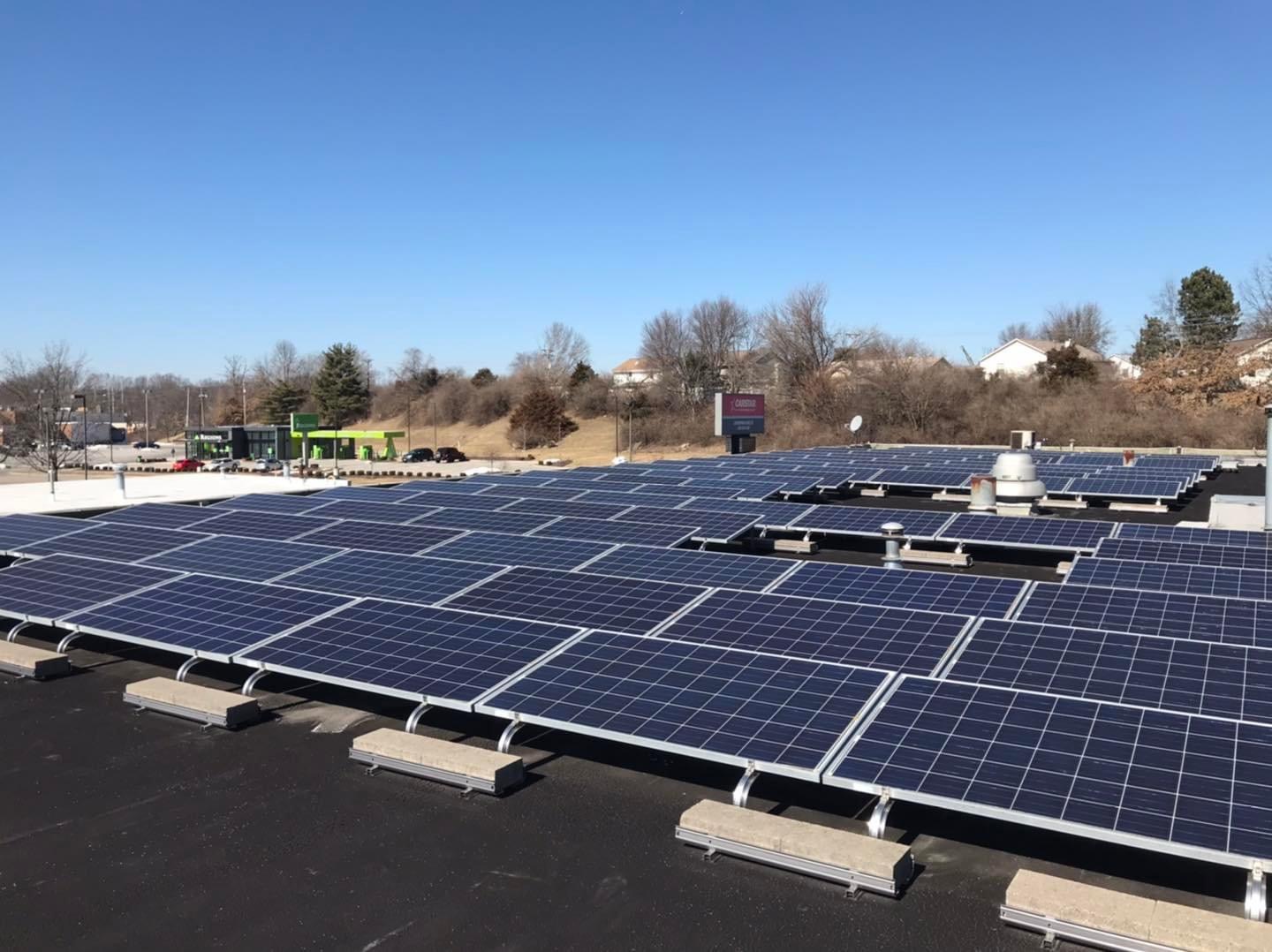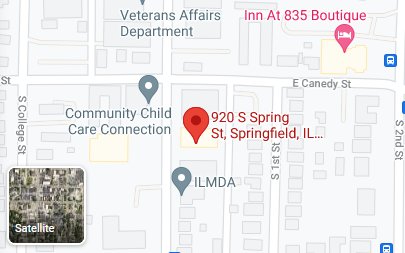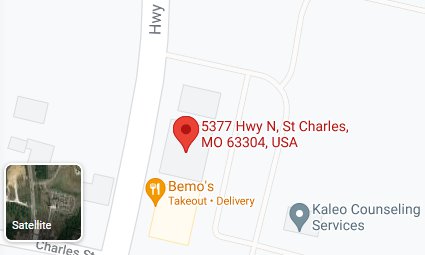
In 2019, the City of St. Louis Board of Aldermen unanimously approved and passed into ordinance a solar-ready construction mandate. What does “solar-ready” mean and how does it affect builders and residential and commercial property owners in St. Louis City?
First, let’s go back to 2018, when the city of St. Louis adopted the 2018 suite of codes by the International Code Council. Before the adoption, the city was still using 2009 codes.
Full Suite of Adopted Codes
- 2018 International Building Code (Board Bill 53 / Ordinance 70794)
- 2018 International Energy Conservation Code (Board Bill 58 / Ordinance 70799)
- 2018 International Existing Building Code (Board Bill 56 / Ordinance 70797)
- 2018 International Residential Code (Board Bill 54 / Ordinance 70795)
- 2018 International Mechanical Code (Board Bill 59 / Ordinance 70800)
- 2018 International Property Maintenance Code (Board Bill 57 / Ordinance 70798)
- 2018 International Fuel Gas Code (Board Bill 60 / Ordinance 70801)
- 2018 International Fire Code (Board Bill 55 / Ordinance 70796)
- 2017 National Electrical Code (Board Bill 61 / Ordinance 70802) *
* National Electrical Code published by the National Fire Protection Association, Inc
The adoption of the 2018 International Energy Conservation Code significantly improved energy-efficiency requirements for new residential and commercial buildings as well as major renovations, and named the regulations as the Energy Conservation Code of the City of Saint Louis.
What is the International Energy conservation Code?
The IECC is referred to as America’s model energy code because building codes are state laws; there is no national building energy code. Regardless of when any state adopts a code, every three years, officials from municipalities and states across the nation vote on proposed changes to the IECC to incorporate new building technologies and practices as they evolve over time, and ensure that new American homes and commercial buildings meet modern-day minimum levels of safety, fire protection, and efficiency.
energyefficientcodes.org
The International Energy Conservation Code establishes minimum energy efficiency requirements of new construction.
(St. Louis City Ordinance 70799) 2018 Energy Conservation Code (with amendments) vs Amended 2009 Energy Conservation Code (St. Louis City Ordinance 68792)
- Increased efficiency and resiliency of exterior building enclosure (slab floors, walls and roofs)
- Increased efficiency of a mechanical equipment (boilers, cooling equipment, ventilation systems, ductwork)
- More efficient lighting and electrical outlets (sensors, indoor and outdoor lighting, daylighting and controls, automatic electrical shutoff)
- Added efficiency measures (refrigerators and walk-in coolers, fans, computer rooms, efficiency packages)
- Building commissioning/system verification (process)
Note that the St. Louis Ordinance 70799, adopting the 2018 Energy Conservation Code made no mention of solar energy.
Fast forward to 2019. St. Louis City Ordinance 70799 was amended to adopt the Appendices CA & RA of the 2018 IECC in entirety.
2018 IECC Appendix CA is intended to encourage the installation of renewable energy systems by preparing buildings for the future installation of solar energy equipment, piping and wiring.
2018 IECC Appendix RA is about harnessing the heat or radiation from the sun’s rays as a method to reduce the energy consumption of a building- not necessarily requiring solar systems be installed for buildings – but requiring “space” for installing such systems, providing pathways for connections and requiring adequate structural capacity of roof systems to support the systems.
How then can a building be prepared for future solar installations?
By the same token that roofs are there to protect us from the elements- one of which being the sun’s harsh rays, they are in the perfect spot to receive the energy from the sun, which, technologies such as solar photovoltaics convert into the same exact energy that we receive when we plug into our wall sockets. However, it is not that simple. There are many factors that affect the feasibility and ease of retrofitting a solar photovoltaic system into an existing structure.
What factors in building design and construction affect solar installations?
- Building Orientation and Shading
- South-facing
- Minimal to no shading
- Roof Design and Specifications
- Roof space for solar photovoltaic panels
- Ability to support photovoltaic equipment weight (around 3-6 psf)
- Installation-friendly roof pitch
- Roof materials that accept solar racking attachments
- Photovoltaic Equipment and Installation Considerations
- Electrical conduit route from the solar pv system to the electrical panel
- Space in the electrical panel for solar breaker/s
- Space in the building for other solar components
The solar-ready construction mandate addressed the above-mentioned factors.
Below are copies of the full text of the 2018 IECC Appendices CA & RA which was adopted in entirety in the St. Louis Ordinance 71063 in 2019.


St. Louis Ordinance 71063 (Board Bill 146) requires that new residential, multifamily and commercial construction be ‘solar- ready’. The definition of ‘solar-ready for the bill is solely defined as “designing and constructing a building in a way that facilitates and optimizes the installation of a rooftop solar photovoltaic (PV) system during construction.”
Commercial Construction Solar-Ready Zone
- Roof of buildings that are five stories or less
- Oriented between 110 – 270 degrees
- Have low-slope roofs
- Exceptions: Buildings with renewable energy, if shaded for more than 70% of daylight hours annually, if certified that incident solar radiation is not suitable for solar-ready zone, and if area cannot be met because of obstructions
- Not less than 40% of the roof area
- Free from obstructions
- Collateral dead load of not less than 5 psf
- Interconnection pathway
- Solar Ready Zone certificate
Residential Construction Solar-Ready Zone
- New detached one and two family dwellings, and townhouses
- Not less than 600 sq ft of roof area
- Oriented between 110 and 270
- Exceptions: Buildings with renewable energy, and if shaded for more than 70% of daylight hours annually
- Not less than 300 sq ft excluding set backs
- New townhouses three stories or less and 2,000 sq ft per dwelling: no less than five feet wide, and no less than 80 sq ft excluding set backs
- Free from obstructions
- Roof dead and live loads
- Pathways for routing conduit
- Space for a dual pole solar circuit breaker
- Solar Ready zone Certificate
What happens if one disobeys the Ordinance?
St. Louis Ordinance 71063 did not amend Section Four of Ordinance 70799 which is the Penalty Clause.
Any person who shall violate a provision of this code or shall fail to comply with any of the requirements thereof, or who shall erect, construct, alter, extend, repair, remove, demolish, use, or occupy any building, structure, premises, or equipment regulated by this code in violation of an approved construction document or directive of the building official or the Board of Building Appeals, or of a permit or certificate issued under the provisions of this code, and shall, upon conviction thereof, be punished by a fine of not more than $500, or by imprisonment not exceeding 90 days, or both such fine and imprisonment. Each day that a violation continues shall constitute a separate and distinct offense.
How does the Solar-Ready Ordinance affect the solar industry and the community-at-large?
Solar-ready construction will make future photovoltaic system installation more cost-effective by reducing the need for infrastructure upgrades, ensuring technical feasibility, giving capability to the building, and opportunity for residential and commercial property owners to take advantage of potential solar installations in the future.

